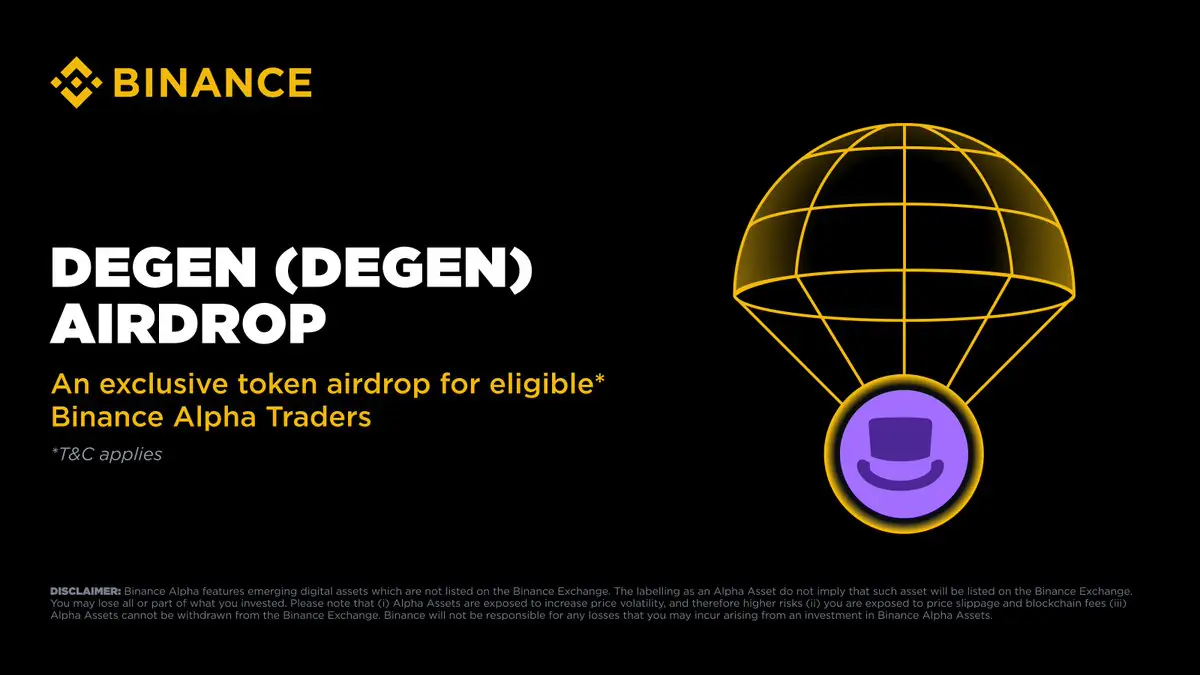
The top altcoin, which has shown strong adoption fundamentals within the DeFi and Web3 ecosystems, now faces short-term technical weakness, raising questions about whether further downside is likely before a possible rebound.
Chainlink Price Prediction: Technical Analysis Signals Mounting Risk
Chainlink price trend has signaled a possible bearish continuation pattern. The rejection at $17.50 has led to a downward move, with the token currently trading around the $15.00–$15.20 level. This zone was previously viewed as mid-range support but is now under pressure as sellers gain control. According to analyst Ali (@ali_charts), failure to hold this zone could open the door to deeper losses, potentially revisiting the $10 support zone.

Source:X
The 4-hour chart reveals a clear structure: resistance at $17.50, mid-support near $13.40, and a key demand zone at $10.20. If LINK price breaks below $14.50—a minor support level—this could trigger a slide toward $13.40. A failure to hold that level could confirm Ali’s bearish scenario.
Intraday Volatility and Weak Volume Dynamics
In the past 24 hours, LINK price has experienced sharp volatility. It briefly touched above $16.20 before rapidly reversing toward $15.00. This sharp rejection highlights fading bullish momentum and aggressive profit-taking during intraday spikes. Despite high volume—over $627 million in 24 hours—buyers appear hesitant to drive price higher, suggesting bearish sentiment may continue in the short term.

Chainlink (LINK) price chart.Source:Brave New Coin
This chart further confirms that the attempted breakout lacked follow-through. The price remains beneath critical resistance zones, and continued high-volume selloffs suggest that LINK may remain under pressure unless new buying interest emerges.
Chainlink (LINK) Price Momentum Indicators Confirm Bearish Shift
Looking at the daily timeframe, LINK appears to be losing momentum following its peak near $17.80. Technical indicators now point toward a continuation of the downtrend. The MACD (Moving Average Convergence Divergence) has printed a bearish crossover, with the MACD line now below the signal line. Additionally, the histogram has moved into negative territory, showing a growing divergence between the two indicators.

Source:Trade View
Should the price fall below $14.50 and stay there, LINK could retest the $13.40 zone. If that fails to hold, the long-term psychological support at $10 becomes the next likely target.
Long-Term Outlook Backed by Strong Fundamentals
Despite the current technical weakness, LINK price maintains strong long-term fundamentals. As the top provider of decentralized oracle solutions, Chainlink has built partnerships across both DeFi and traditional finance sectors. Recent adoption of its Cross-Chain Interoperability Protocol (CCIP) and integrations with assets like Shiba Inu and Floki further solidify its infrastructure role in blockchain-based economies.
Chainlink’s utility has led to settling over $18.2 trillion in value since 2022 and formed partnerships with institutions such as UBS and Vontobel. Additionally, the project has been selected by entities like World Liberty Financial for oracle services, underlining its relevance in hybrid finance models.
Chainlink (LINK) Price 2025 and Beyond: Recovery Potential?
Analyst predictions suggest that LINK may recover in 2025, with price targets ranging from $35 to $42 by year-end. These estimates are based on increasing institutional interest, AI-blockchain synergy, and expanding DeFi applications. Beyond 2025, LINK could reach as high as $259 by 2030, contingent on consistent adoption, regulatory clarity, and technological advancement.
However, the path to recovery is not without risk. Market sentiment, macroeconomic conditions, and regulatory environments will all influence whether LINK can transition from its current correction phase to a long-term uptrend.


 1 month ago
12
1 month ago
12 










 Bengali (Bangladesh) ·
Bengali (Bangladesh) ·  English (United States) ·
English (United States) ·